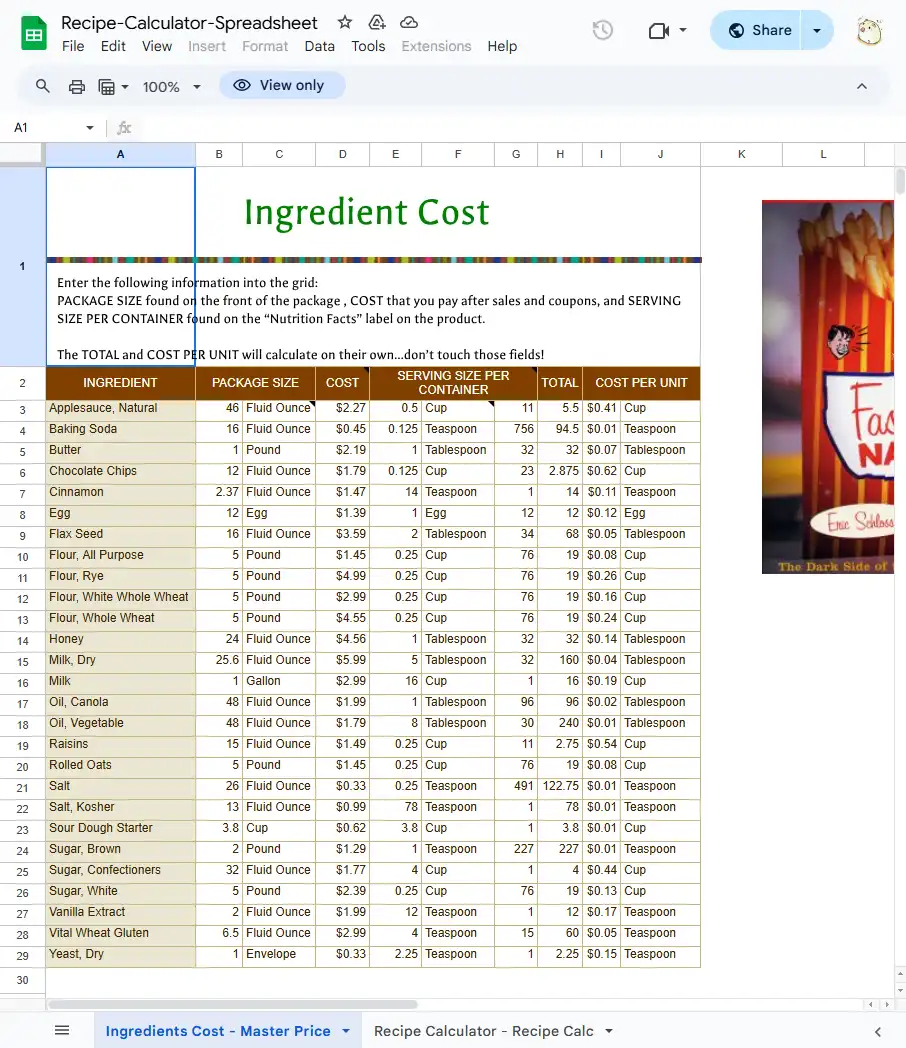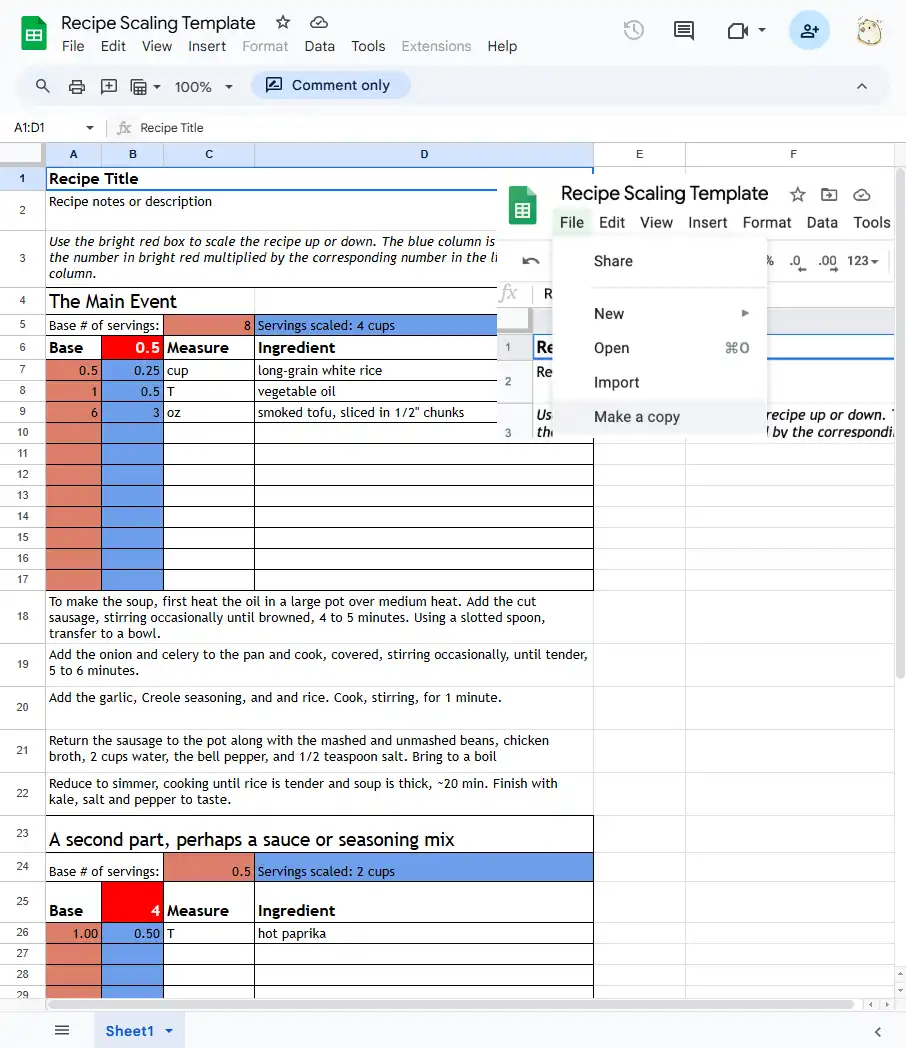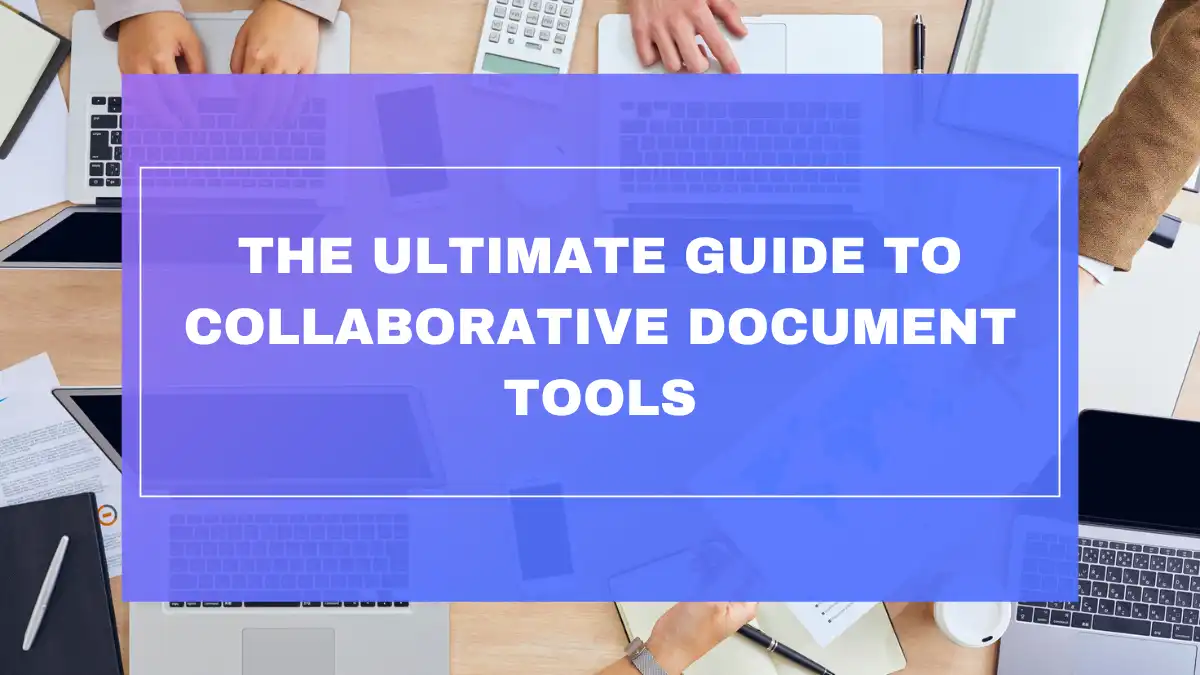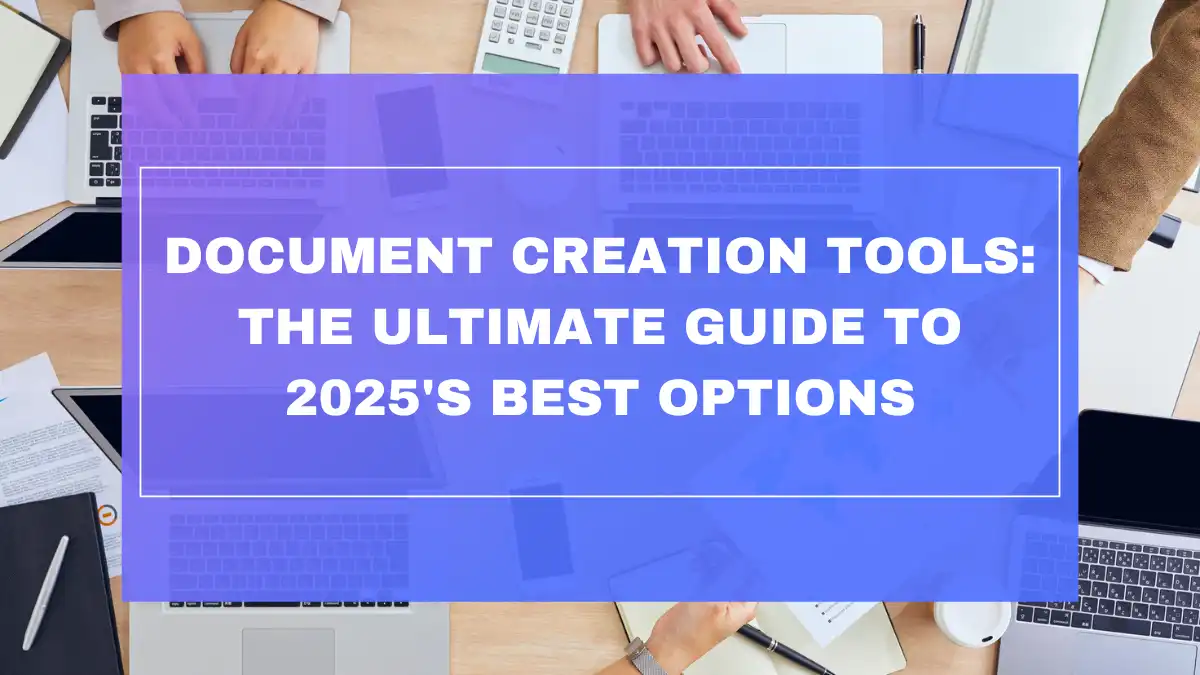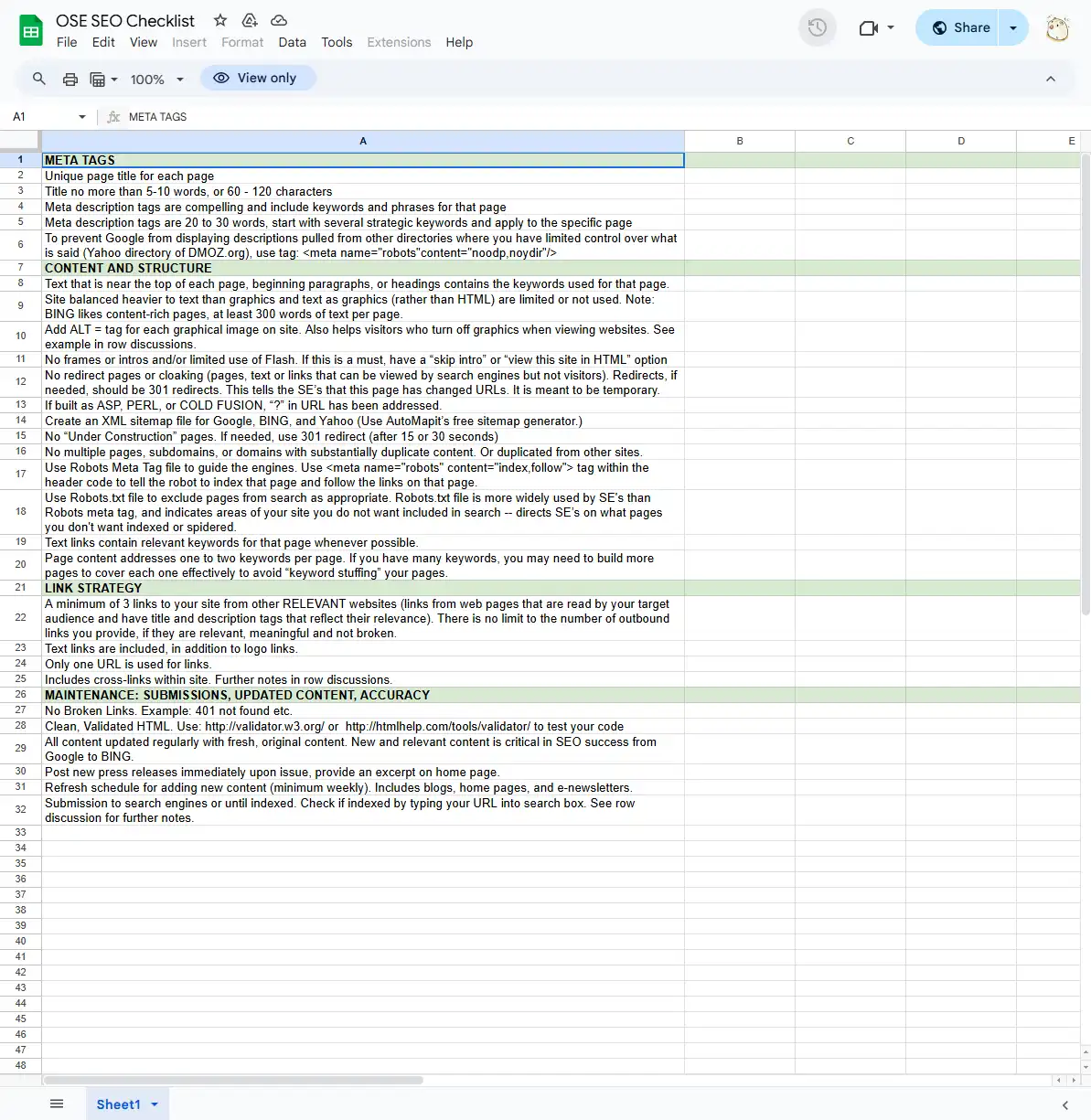
This document is titled “OSE SEO Checklist,” and it serves as a comprehensive guide for optimizing websites to enhance their visibility and ranking on search engines.
Document Overview:
This checklist is designed to assist website administrators and content creators in implementing effective search engine optimization (SEO) strategies. It covers various aspects of SEO, including meta tags, content structure, link strategies, and maintenance practices.
Key Points:
- Meta Tags:
- Ensure each page has a unique title, limited to 5-10 words or 60-120 characters.
- Craft compelling meta description tags that include relevant keywords, ideally 20-30 words in length.
- To prevent Google from displaying descriptions pulled from other directories, use the tag:
<meta name="robots" content="noodp,noydir"/>.
- Content and Structure:
- Incorporate keywords near the top of each page, in the opening paragraphs, or headings.
- Maintain a balance between text and graphics, with a preference for text-rich pages (at least 300 words per page).
- Add ALT tags to all images to assist visitors who disable graphics.
- Avoid using frames or excessive Flash content; if necessary, provide options like “skip intro” or “view this site in HTML.”
- Implement 301 redirects for any page redirects, indicating a permanent change of URL.
- Create an XML sitemap for search engines like Google, Bing, and Yahoo.
- Avoid “Under Construction” pages; if needed, use a 301 redirect after a brief delay.
- Ensure there are no multiple pages, subdomains, or domains with substantially duplicate content.
- Use the
<meta name="robots" content="index,follow">tag to guide search engines to index the page and follow its links. - Utilize a robots.txt file to exclude specific pages from search engine indexing as appropriate.
- Ensure text links contain relevant keywords for the page whenever possible.
- Focus page content on one to two keywords per page to avoid keyword stuffing.
- Link Strategy:
- Obtain a minimum of three links to your site from other relevant websites.
- Include text links in addition to logo links.
- Use only one URL for links.
- Include cross-links within your site to enhance internal navigation.
- Maintenance: Submissions, Updated Content, Accuracy:
- Regularly check for and fix any broken links.
- Ensure your HTML code is clean and validated.
- Update all content regularly with fresh, original material.
- Post new press releases immediately upon issue and provide an excerpt on the homepage.
- Establish a schedule for adding new content, such as blogs, home pages, and e-newsletters, at least weekly.
- Submit your site to search engines and check if it has been indexed.
Target Audience:
This checklist is intended for website administrators, content creators, and anyone aiming to improve their website’s search engine ranking through effective SEO practices.
Keywords:
SEO, search engine optimization, meta tags, content structure, link strategy, website maintenance, keyword optimization.
Please note that accessing the provided link may require appropriate permissions.
Documents URL:
https://docs.google.com/spreadsheets/d/1e5duVZD7SK9fi14iep26dvwgkf87xzFBR1FmrPj5w84/edit?gid=0#gid=0
Copyright Notice:
This article is collected from internet information by Nami and manually written and organized. Unauthorized reproduction is prohibited.

